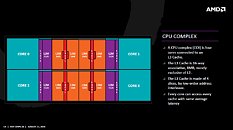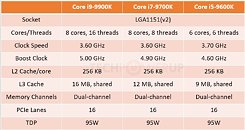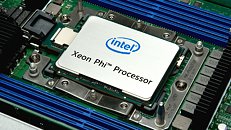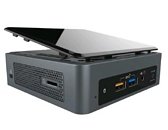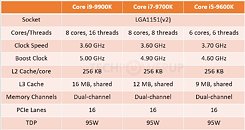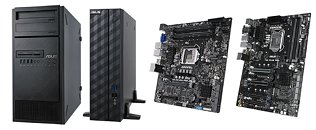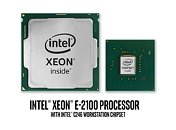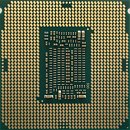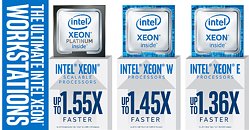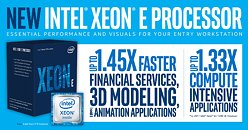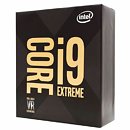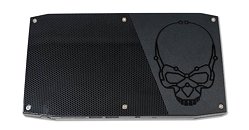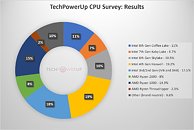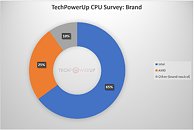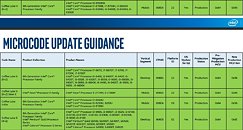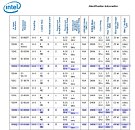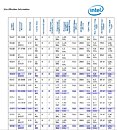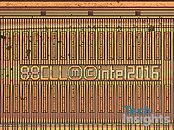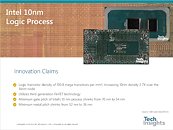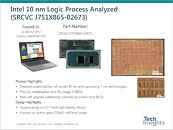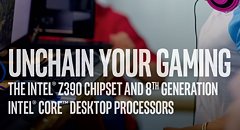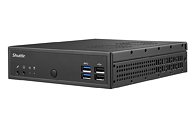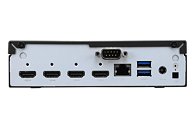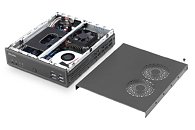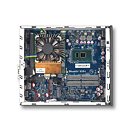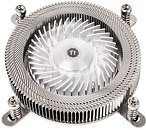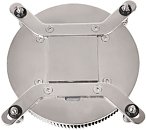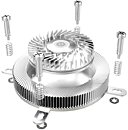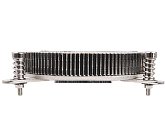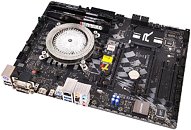Back in 2011, a team of engineers with the Sandia National Laboratories in New Mexico, proposed an audacious new chip air-cooling concept called simply the
Sandia CPU cooler. Its design involved a chunky metallic fan not just ventilating the cooler, but also dissipating heat by itself, conveyed through a thin layer of conductive lubricant between the fan and the static heatsink below it. The concept itself never made it to commercial production, but Thermaltake brought something closely resembling it to the market in 2016, with the
Engine 27. The company is giving this cooler an even smaller sibling, with the new Engine 17. The number in the model name refers to its Z-height of just 17 mm, making it comfortable for 1U builds.
Besides its reduced Z-height, the design is practically unchanged from the Engine 27 - a round, nickel-plated copper base-plate draws heat from the CPU, which is mated with a 60 mm diameter metallic fan that not just dissipates heat by itself, but also passes air through a ring of aluminium fin channels projecting radially. The reduced height means that this cooler can only handle thermal loads of up to 35W TDP. It only supports Intel LGA115x sockets. Despite its weight, the fan spins between 1,500 to 2,500 RPM, pushing about 9 CFM of air, with a noise output ranging between 11 to 23 dBA. Measuring 91.5 mm x 91.5 mm x 17 mm, it weighs 205 g. The company didn't reveal pricing.

